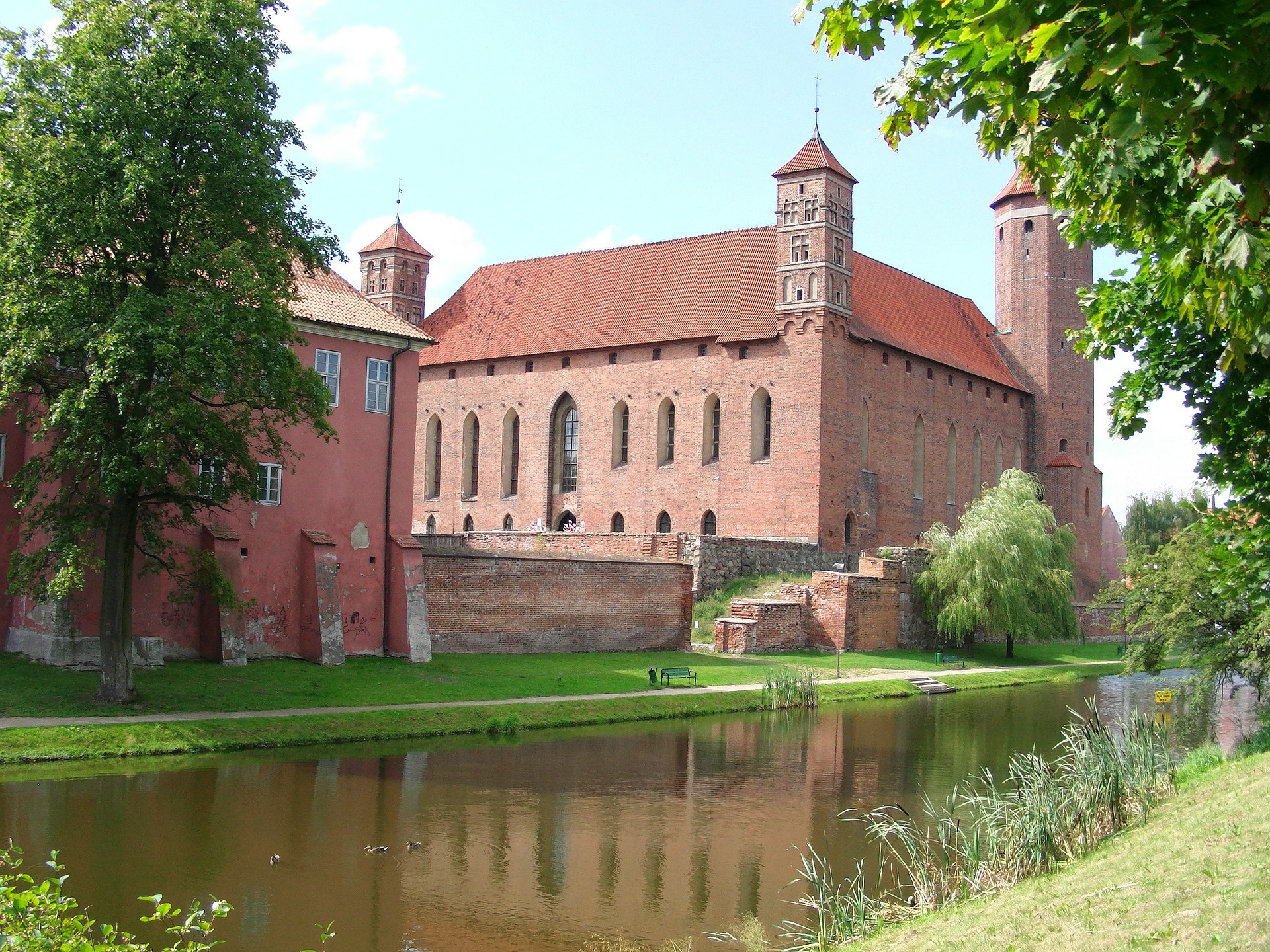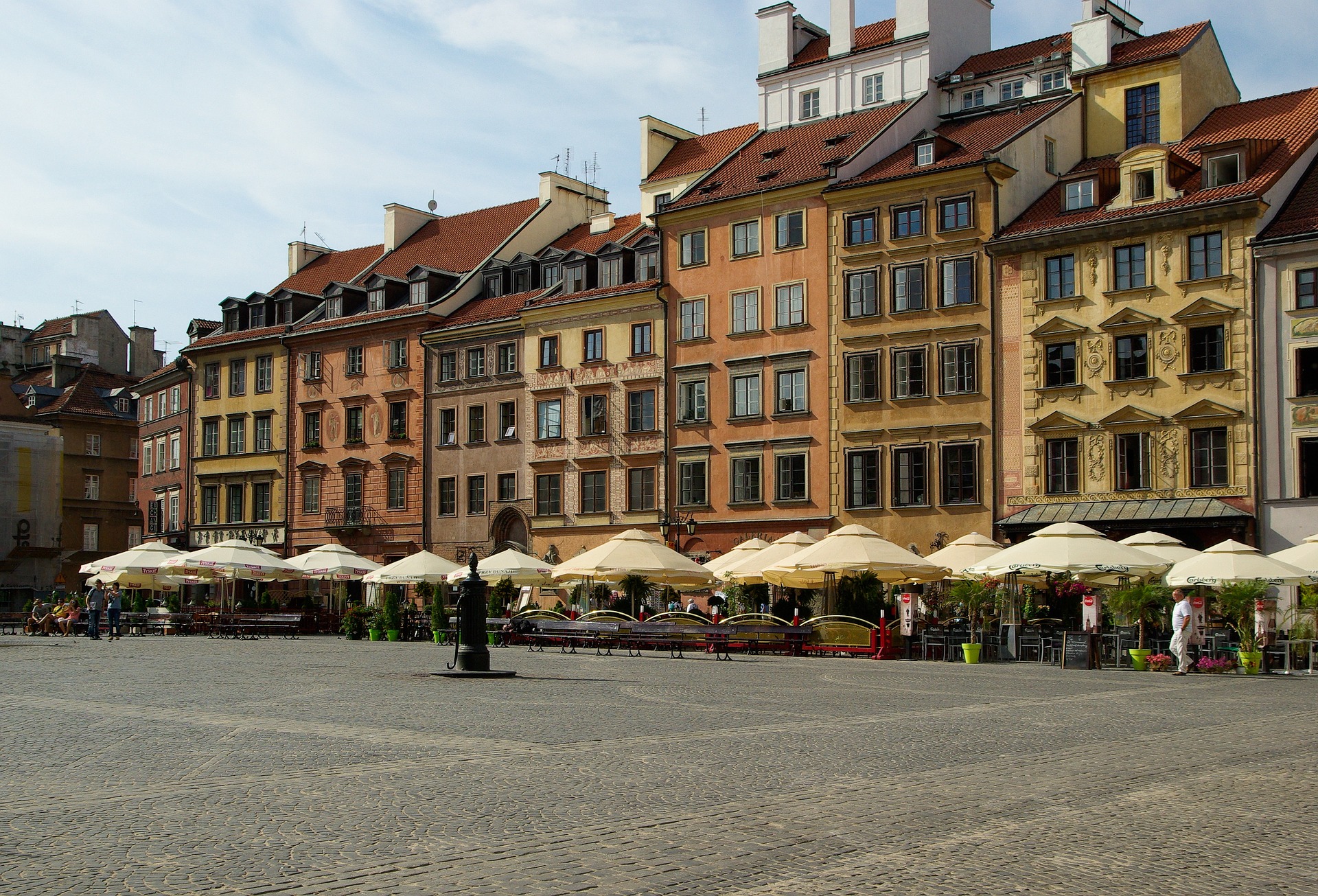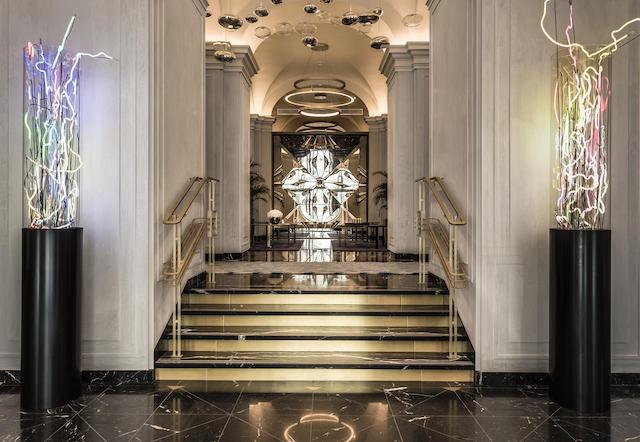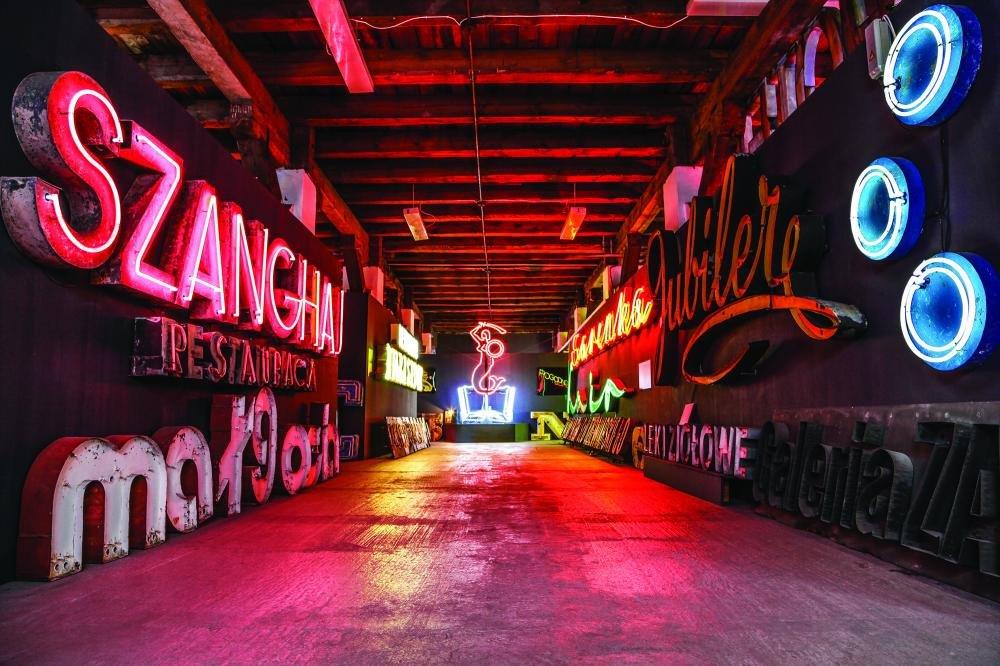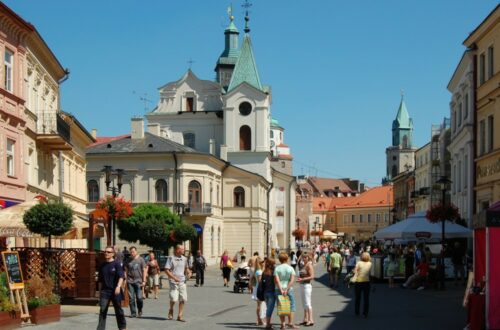Lanckorona – The City of Angels
Lanckorona is a very charming town, also called the city of angels. This small town is located about 40 minutes drive from Krakow and is often chosen by city residents for a short getaway from daily life. Lanckorona is at first glance a sleepy town, but under this shell is a place full of history and artistic spirit.
History
Lanckorona village was once a royal city, and in the years 1366-1934 had additional city rights, which were granted under the Magdeburg Law. This meant that this area was the hunting ground for King Casimir III the Great and King Władysław Jagiełło.
The aforementioned first king founded the castle in Lanckorona, the completion of construction was taken into account in the mid-fourteenth century. The castle, over time, became one of the strategic points of defense of Krakow itself. It is also said that Casimir III, the Great, further founded the Church of the birth of Saint. John the Baptist.
Over the next centuries, the city grew rapidly. It was in the hands of starosts from many of the most eminent families of Poland, including Lanckoronski, Zebrzydowski, Czartoryski, Myszkowski or Wielopolski.
Sadly, the invasion of the Swedes and the Bar Confederation caused enormous damage and initiated the decline of the city’s glory period. In 1777, Emperor Francis II confirmed the privileges possessed by the town and gave it a new coat of arms: a laurel wreath and a golden crown on a blue background.
However, this did not stop Lanckorona’s progressive downfall. What’s more further, in 1868, a vast fire broke out in the city, which destroyed it almost completely. The next few years were a period of reconstruction, which was carried out while maintaining the old design. A beautiful town was created with a unique steep market square and picturesque streets. This unusual architecture has survived to this day.
What to see?
1. Market Square
While visiting, be sure to stop by the steep Lanckorona Market Square. The Lanckoron Market – is like Rome – all roads and streets lead to it, so you can’t get lost, even if you wanted to. And although the market is rectangular and has four streets. At the bottom of the square, there is a regional museum and a shop where you can buy local honey, jams, ceramic, and lace products.
2. Wooden Huts
Lanckorona’s most significant and best-known attraction is the wooden huts surrounding rising Market Square. The history of wooden rural buildings dates back to the 19th century. The shingle houses are the symbol of the village.
3. Museum of Antoni Krajewski
In the original hut at Rynek 133 in Lanckorona, there is the Museum of Antoni Krajewski. It consists of archaeological monuments excavated in the ruins of the castle in Lanckorona, a village chamber with original equipment, and a village model showing the state before the fire from 1868 is also presented.
The museum is also worth seeing because of the building in which it is located. This is one of the few houses that survived the fire of 1868. Most of the market’s buildings come from 1868-1872.
4. Church of the birth of Saint. John the Baptist
A few steps from the Market Square is the church of Nativity of St. John the Baptist, whose history dates back to 1336. Kazimierz Wielki was the founder of the building. The building was destroyed during the Swedish invasion. Unfortunately, today’s state is the state after the reconstruction of 1878 and 1891. The church’s most prominent attraction is the altar from the 18th century.
5. Ruins of the Castle
On Lanckorońska Hill, there are ruins of a castle, which dates back to the time of Casimir the Great, who built a stronghold to protect the border. The first mention of the castle comes from 1366. The fort played a significant role during the Bar Confederation.
In 1769, Kazimierz Pułaski defeated the Russian army here. On May 21, 1771, the battle of Lanckorona took place here in which the confederation, regrettably, suffered defeat. The Austrian partitioner decided to blow up the castle, which was finally demolished almost entirely in 1884.
In the summer there is a joyful festival at the foot of the castle, but outside this period the ruins themselves are not very attractive. From the top of the hill, we can admire views of Kraków, Kalwaria Zebrzydowska, Babia Góra, and in great weather, even the Tatra Mountains.
The paths marked out on the initiative of the Lanckorona Friends Society also begin here. The total length of trails is about 10 km, the routes are well marked and equipped with basic tourist and leisure infrastructure. There are five routes with romantic names to choose from: Former Royal Route (red trail), Aleja Zakochani (green trail), Road to Moczary (blue trail), Aleja Cichych Szeptów (yellow trail) and Road to the Old Quarry (route marked in brown).
Apparently, the most frequently chosen option is a walk along two routes encircling the Lanckorońska Avenue – “Aleja Zakochani” and “Aleja Cichych Szeptów.” This kind of walk takes about 55 minutes, and routes have been designed to get back to the market quickly.
In a small village, you can not expect too many cafes and restaurants, but a few, fortunately, work here. Lanckorona eateries are fantastic places for everyone who comes here to sit down and relax. It should also be mentioned that the views of the village center are really lovely.
Bottom Line
This quiet and incredibly charming town is just 35 kilometers from Krakow. Today Lanckorona is a beautiful place for a quiet weekend. The area has such a unique atmosphere that it is difficult to compare it to any other town. In such a place, you can definitely break away from reality and the dizzying pace of everyday life. Lanckorona is at first glance a sleepy little town in Lesser Poland, but under this shell, there is a place bustling with history and artistic spirit.
Getting there
The national route No. 96, connecting Kraków with the Cieszyn, runs through the Lanckorona. You can get here from Krakow by public or private buses. Lanckorona has a direct rail link with Krakow as well. A train going to Zakopane passes through Lanckorona and stops at a railway station called “Kalwaria Zebrzydowska.”
